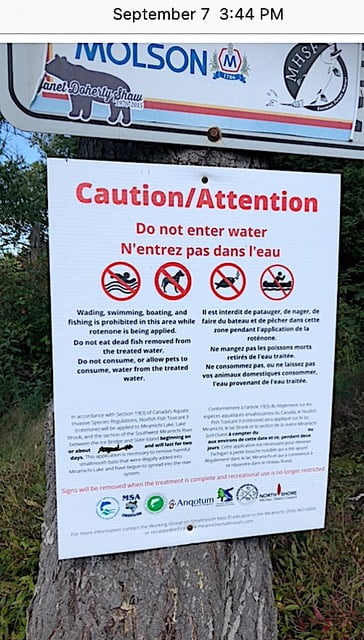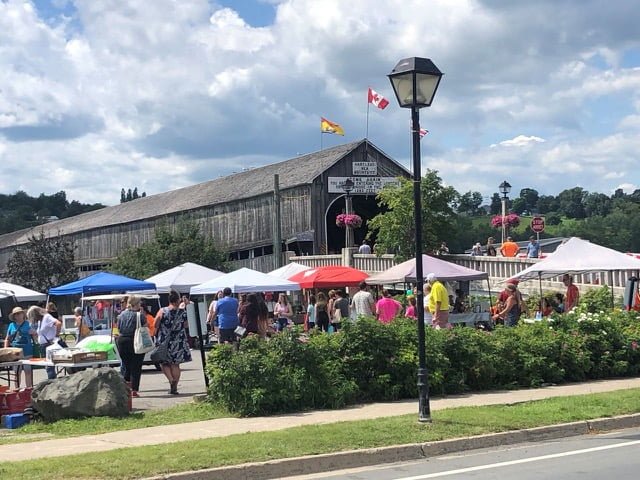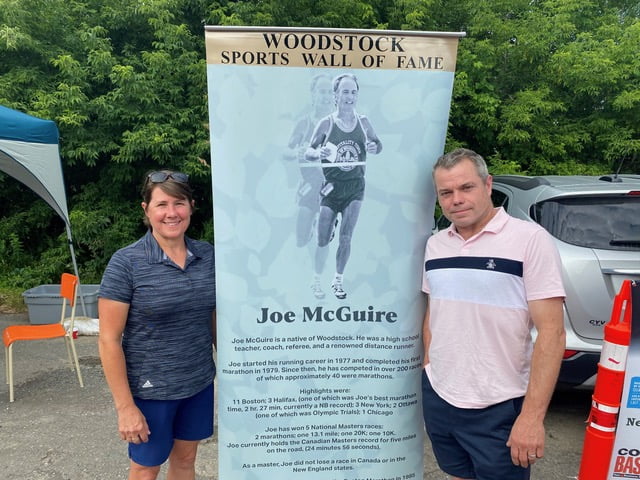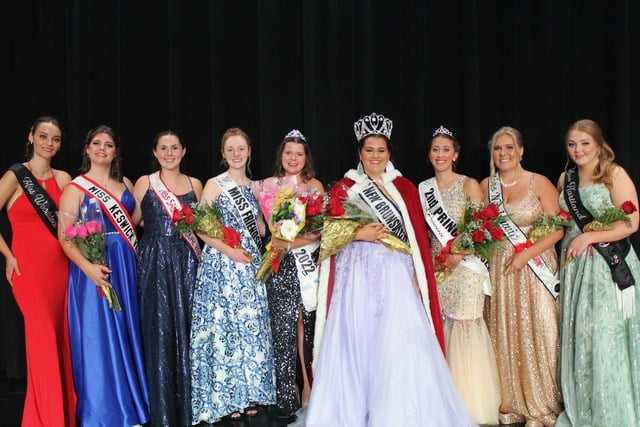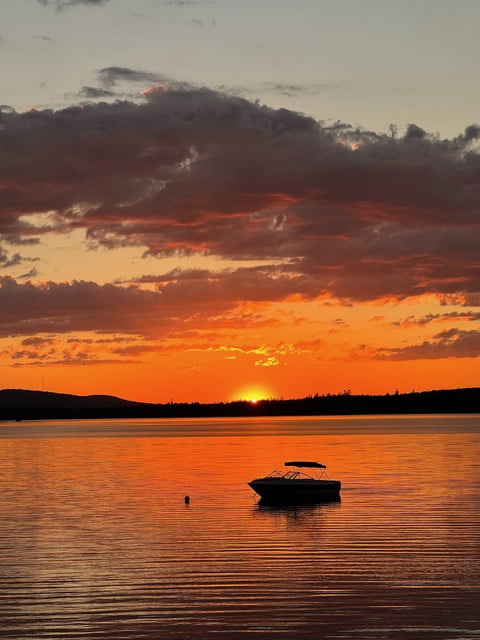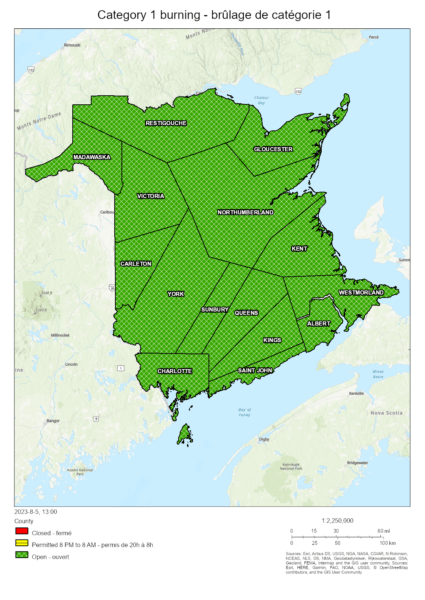Landowners having difficulty getting information on plans to poison lake
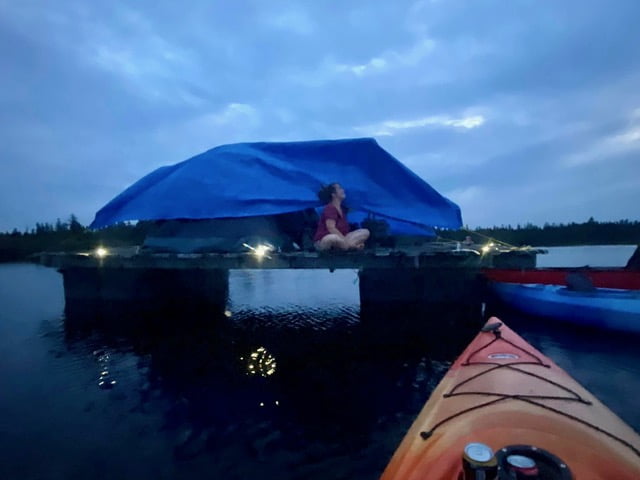
“I feel like they were sly about it,” says cottage owner Sandra Tucker who was shocked to find out the Working Group applied Noxfish II without notifying cottage owners as promised.
“I understand they went through Irving ground to access the river, and we have no say in that because it’s private Irving land,” said Tucker, referring to the chemical application that occurred on Sept. 8.
In a news release issued Monday, Sept. 12, the Working Group heading the Miramichi Lake smallmouth bass eradication project confirmed the completion of Phase 1 of the project to treat the watershed with the fish-killing agent containing rotenone.
“On Sept. 8, crews completed Phase 1 of the conservation project to remove illegally introduced, invasive smallmouth bass from the Miramichi watershed,” Atlantic Salmon Federation (ASF) spokesperson Neville Crabbe said in the statement. “A rotenone product was applied to Lake Brook and approximately 15 kilometres of the Southwest Miramichi River.”
The Working Group consists of the ASF, the North Shore Micmac Council, Inc. and others.
While calling Phase 1 a success, the Working Group’s release didn’t mention a local Indigenous groups’ efforts to stop the project.
Just before noon on Thursday, Sept. 8, Wayne Narvey of Esgenoôpetitj (Burnt Church) First Nation told the River Valley Sun he and Peter Chisholm discovered the Working Group applying Noxfish II to Lake Brook without prior notification.
The Working Group says its goal is to protect Atlantic salmon. Their plan involves the pouring of thousands of gallons of chemicals into Miramichi Lake, Lake Brook, and more than 17 kilometres of the Southwest branch of Miramichi River to eradicate the smallmouth bass population.
Smallmouth bass is considered an invasive species. Unfortunately, Noxfish Fish Toxicant II, with the active piscicide rotenone, will kill all fish, regardless of species.
Before the provincial and federal approval of the Working Group’s plan, the Department of Fisheries and Oceans carried out multiple eradication projects over several years, including backpack electrofishing, electrofishing by boat, and the installations of barriers, beach seines, fyke nets and gill nets. ASF said those efforts did not effectively prevent the smallmouth bass from migrating into the watershed.
Tucker and fellow cottager Dr. Barb Hildebrand want to know why the Working Group did not follow Health Canada’s explicit protocols regarding posting notices prior to using Noxfish II in a waterway.
“The photo I took was Sept. 7,” said Tucker. “The August date was handwritten. It was scratched off.”
Cottagers say the Working Group had promised them 24 hours notice. The ASF denies having made such a promise.
“There was no commitment to provide advanced notice to the cottage owners of our phase one operation that occurred last week,” said Crabbe.
“It’s very clear on the pesticide label,” explained Hildebrand, “that the certified applicator, whoever that is, must placard all access areas to the treatment area, and there are very specific instructions when that has to happen, where that has to happen, and what information has to be on it. It’s very clear from the label and that didn’t happen.”
Tucker and Hildebrand are trying to find the name of the Working Group’s certified applicator.
“Is it the proponent? Is it the Government of New Brunswick? Is it the DFO? Who holds that, because they have to be held accountable for not posting it,” said Hildebrand.
When asked, Crabbe didn’t provide the River Valley Sun with the applicator’s name, writing that he didn’t want to “make an assumption as the language can be interpreted a few ways.”
The River Valley Sun has reached out to the Pest Management Regulatory Agency at Health Canada, requesting the applicator’s name.
Public Safety officers, who have been on site when the Working Group was applying Noxfish II, have no mandate to ensure the Working Group is following Health Canada or DFO guidelines.
Department of Justice and Public Safety spokesperson Judy Désalliers said while the North Shore Micmac District Council is responsible for the project, “in the interest of public safety, the Department of Justice and Public Safety’s peace officers are there to control access to the lake while the project is underway,” but noted the “federal Department of Fisheries and Oceans issued the permit and would be best able to answer your questions concerning permit violations.”
Crabbe said the Working Group did post notices.
“Signage with the Sept. 8 date was posted at the upper extent of the treatment area,” he wrote. “Safety officers were monitoring access points outside the treatment area.”
Crabbe said that other than the encounter with two men, including Wayne Narvey, who stopped the application, was exposed to the piscicide, and later arrested, “our crews saw no one from the public in the area.” He noted signs were “removed immediately after treatment, signifying that safe use of the water could resume.”
The River Valley Sun has left messages with the media relations office of the Department of Fisheries and Oceans to clarify what their department requires for public notification and what happens if the Working Group doesn’t follow proper procedures. One of Tucker’s immediate worries is the dead fish lining Lake Brook, not far from her cottage.
“My husband kayaked down a bit of the brook where the poisoning took place,” she said. “He gathered probably 20 dead salmon par (juvenile salmon) and couldn’t go any further because of the smell. They are lying in stagnant water, and it is disgusting.”
Tucker doesn’t want to think about what things could be like after they poison the lake.
“Lake brook has somewhat of a flow. They have a better chance of being washed downstream. With the lake, they’ll just lay here and rot. It’ll be gross,” she said.
“(The cleanup) is underway at the bottom of the project area,” said Crabbe when asked when his group would remove dead fish from treated waterways.
“Today (Sept. 14), crews recovered 32 smallmouth bass,” he said. When asked how many dead salmon parr were recovered, he said ASF didn’t have those numbers.
“One of our permit conditions was estimating smallmouth (bass), which is why we have been keeping track,” he said. “While we knew there would be dead fish as a result of this project, it is nothing that we take lightly. However, it was the illegal introduction of smallmouth (bass) that necessitated our conservation action.”
Crabbe said their treatment “affected far less than one per cent of the watershed, with the goal of preserving the native ecosystem in the remaining 13,500 km.”
The Working Group’s results give little comfort to cottage owners.
“We’ve been fighting this for five years now, trying to get them to not poison the lake,” said Tucker. “We’ve hit one roadblock after another. Thank heavens the (Indigenous) mothers and grandmothers are here. That’s our only hope is having them here and on the water.”
Several cottage owners are still at Miramichi Lake. Tucker and Hildebrand say they are all worried about what’s coming.
“It’s all cloak and dagger now,” said Hildebrand. “There’s nothing upfront about what is happening. They certainly didn’t post. Intentionally or unintentionally, it didn’t happen. You can’t get any answers to questions, whether it’s with the government or the proponent. There was supposed to be open communication between stakeholders, cottage owners, and proponents, and now they’ve basically said they’re not going to tell us anything.”
Indigenous mothers and grandmothers and members of Connecting to the Land remain at the lake and have started to sleep on the water.
“We’re not stopping,” said Connecting to the Land spokesperson Andrea Polchies. “We’ve fixed a raft to make a better shelter. We aren’t backing down.”
Crabbe said his group would provide 24 hours’ notice when they treat the lake with the toxicant.
“The public will be notified by the posting of signs,” he wrote. When asked where the Working Group would be posting the signs, Crabbe did not respond.
The Working Group’s permit to use Noxfish II in Miramichi Lake expires at the end of the month.
— With files from Jim Dumville
